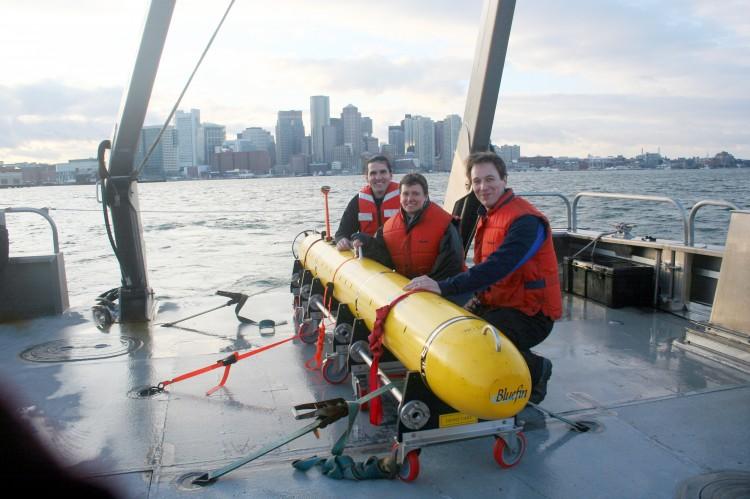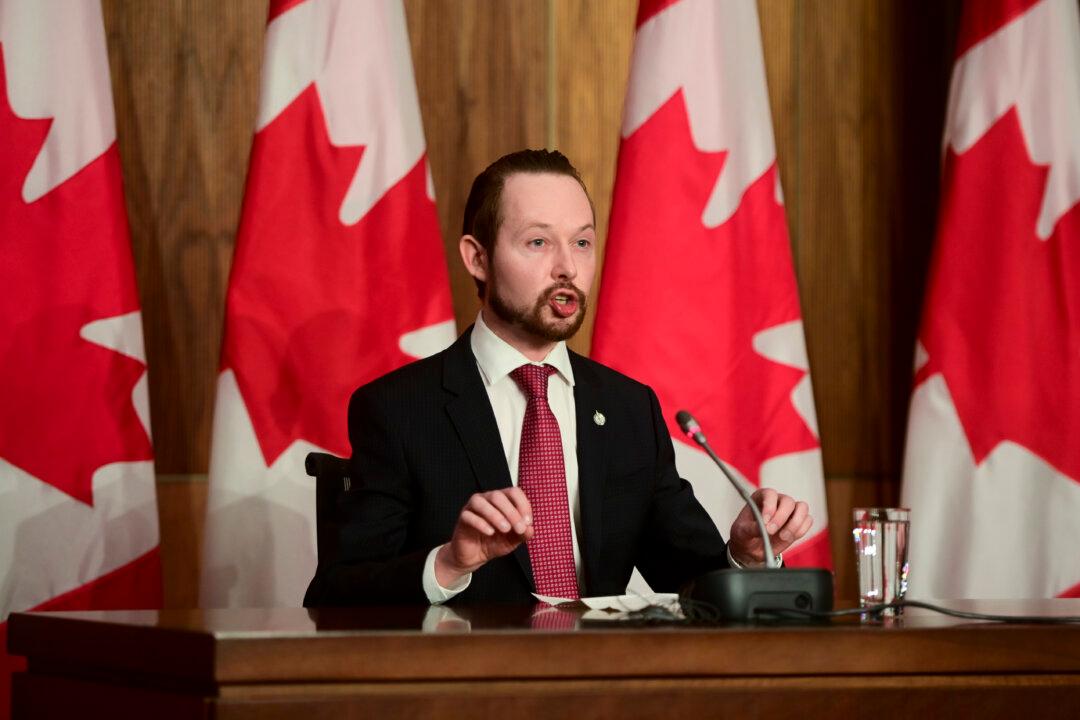VICTORIA, Canada—For the fourth straight season, Parks Canada is sending an expedition to the Arctic hoping to solve a mystery that dates back to 1845.
They will be searching the vast territory for the two lost ships, HMS Erebus and HMS Terror, of British explorer Sir John Franklin. The ill-fated Franklin expedition set out to chart the Northwest Passage and find a safe and reliable route from Europe to the Orient.
The expedition was to last three years, but after 18 months the vessels went missing along with the 129 men on board. Although traces of the expedition have been found, the ships’ final resting places remain unknown.
A team of engineers from the University of Victoria’s Ocean Technology Lab in Canada will be using the lab’s autonomous underwater vehicle (AUV) to assist the Parks Canada team in its search.







